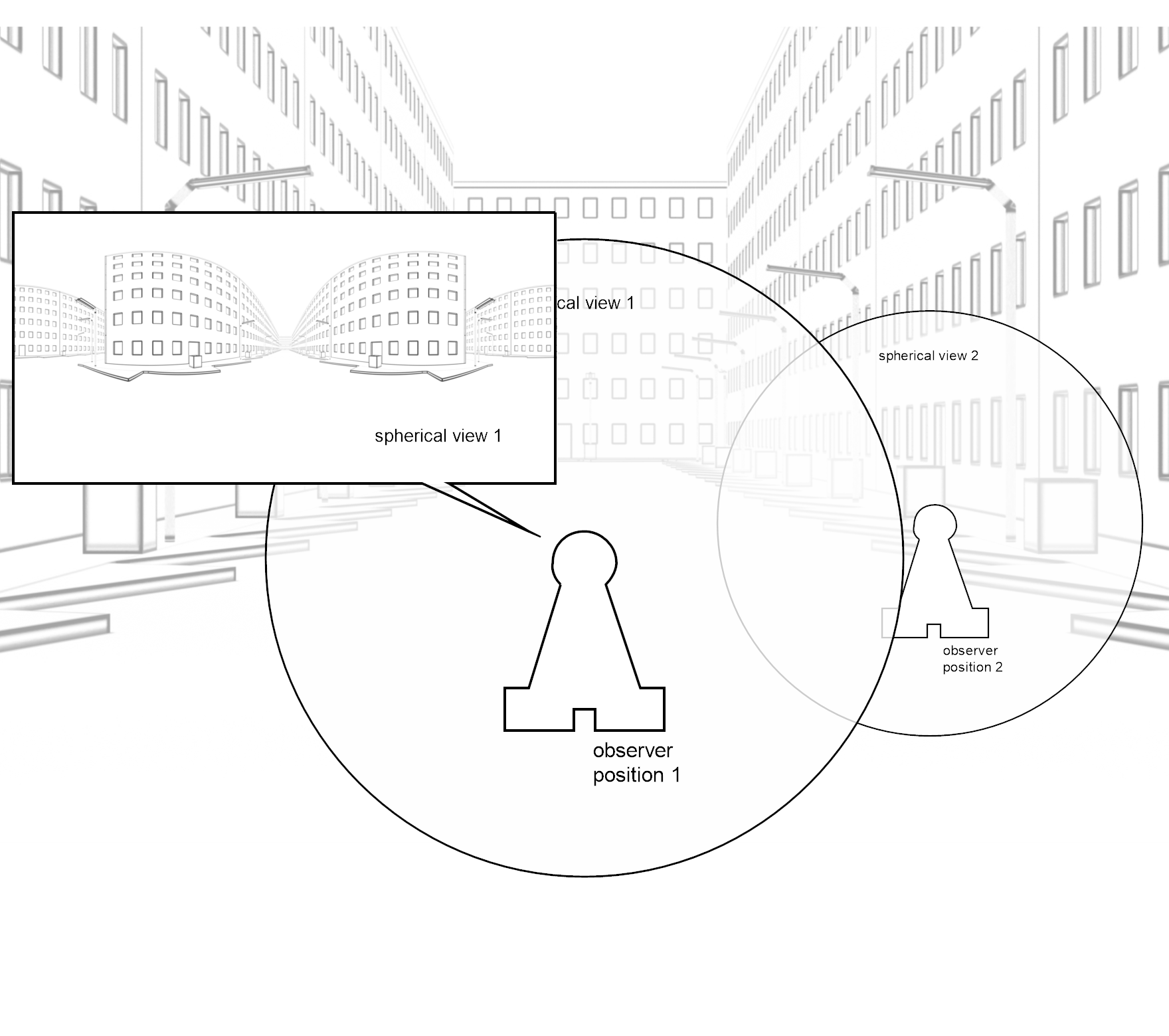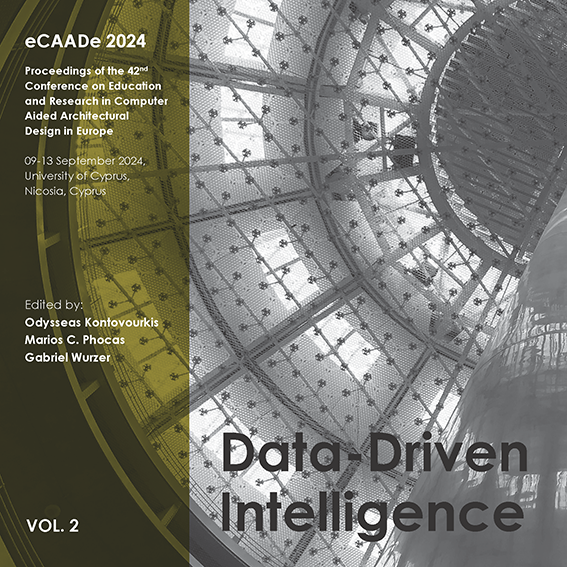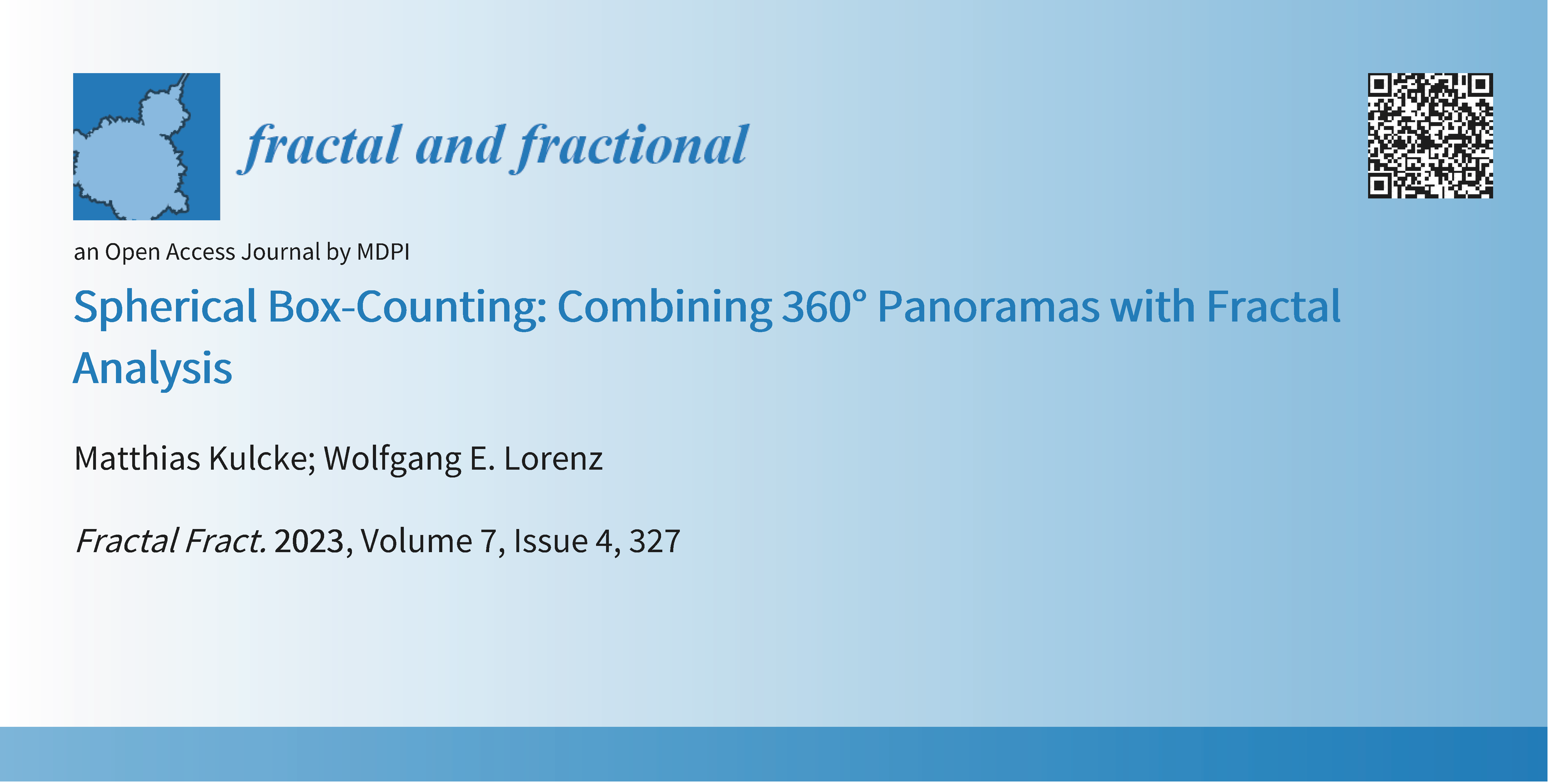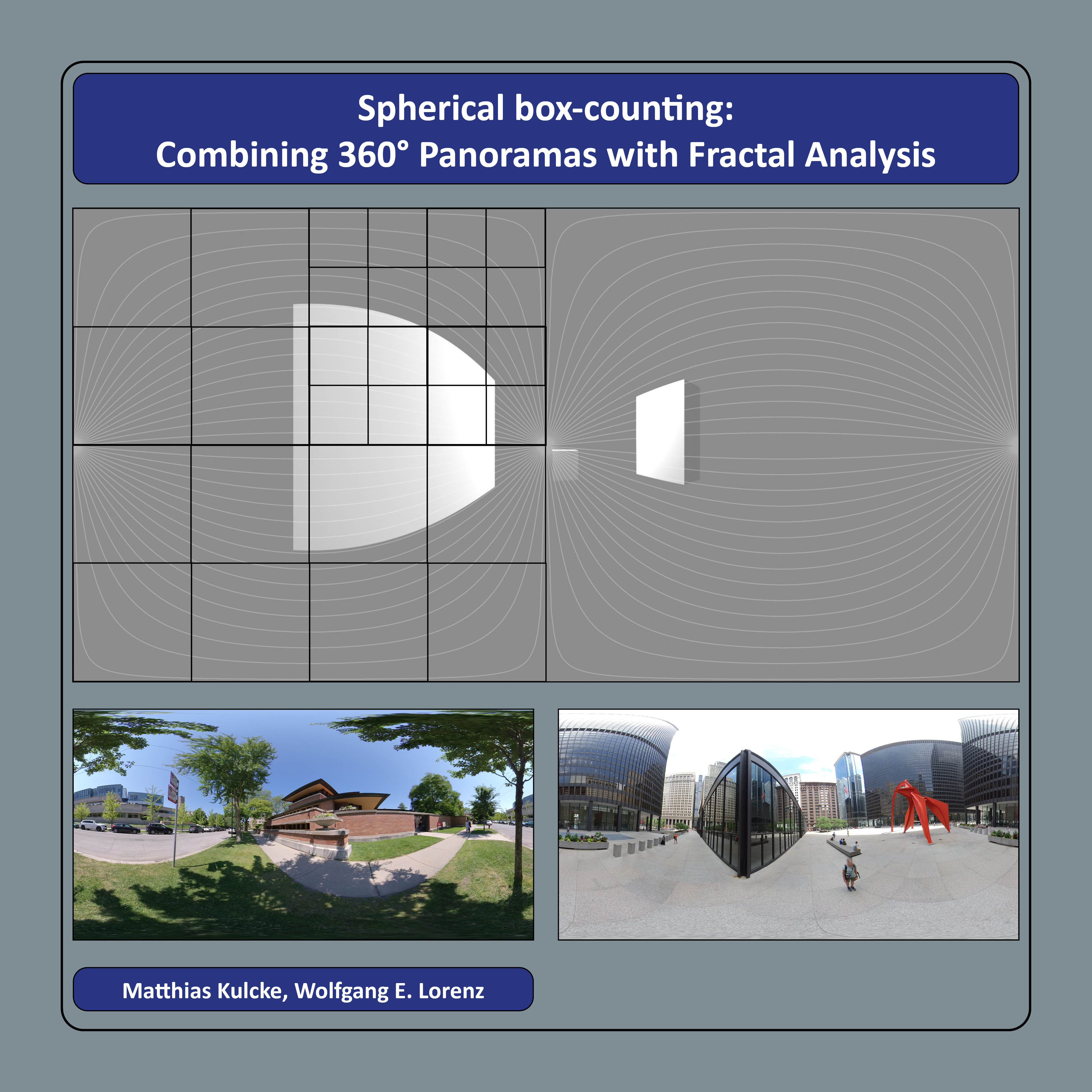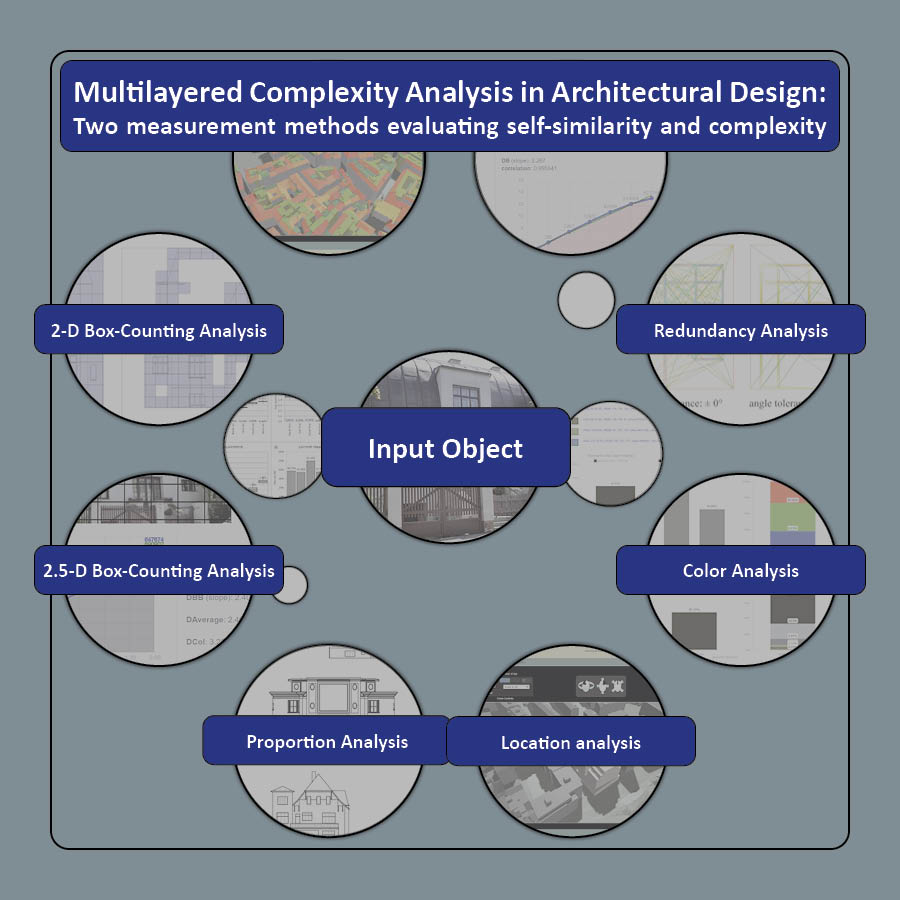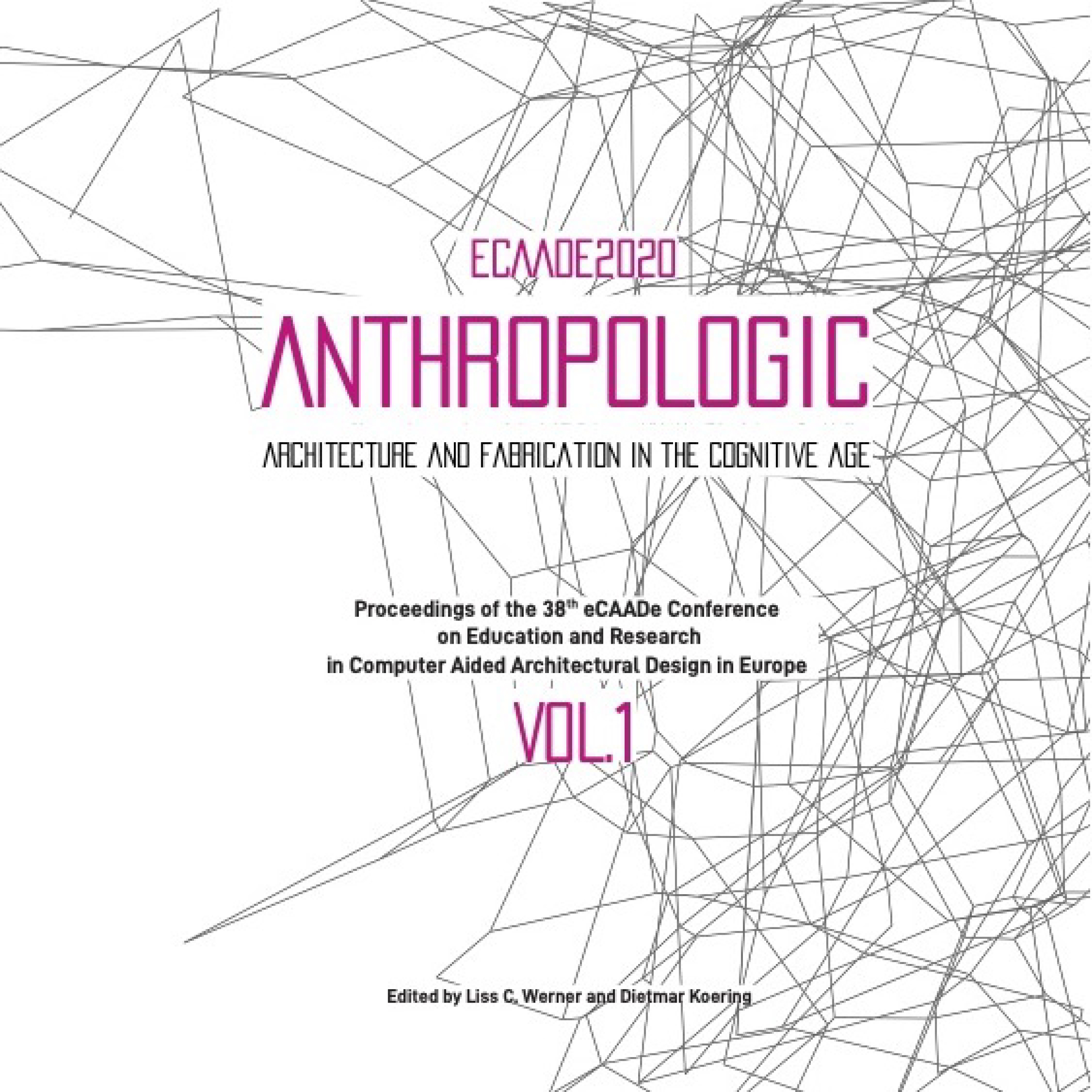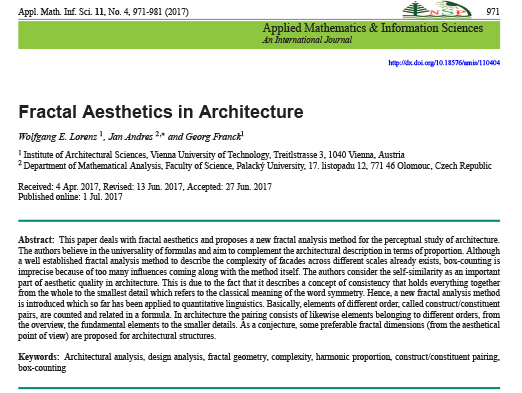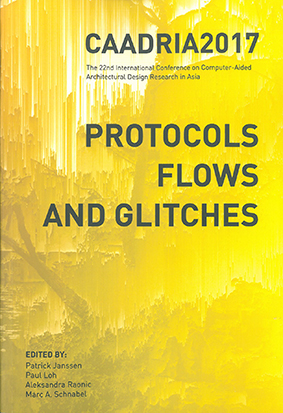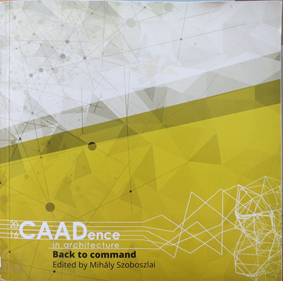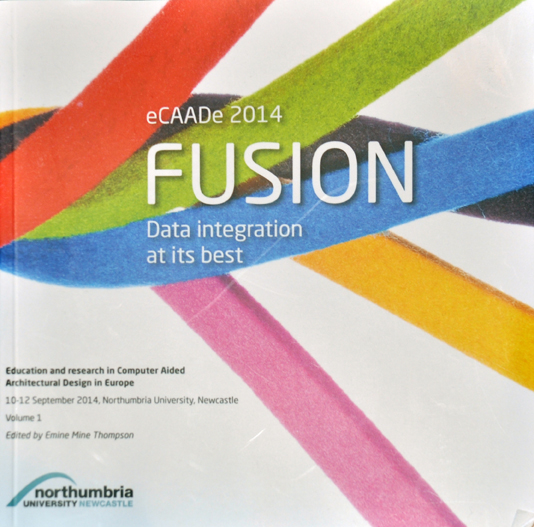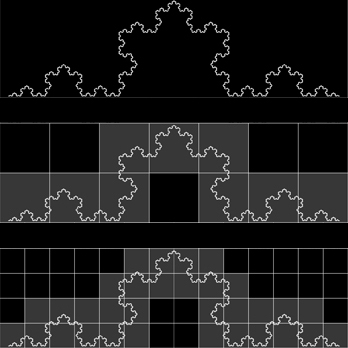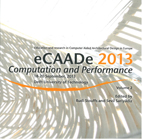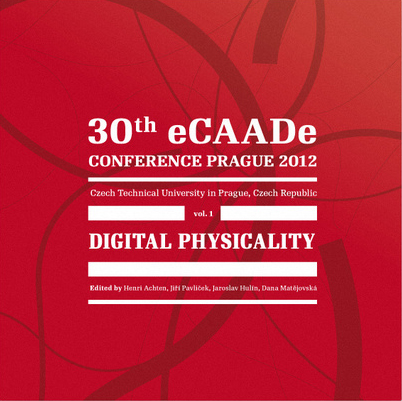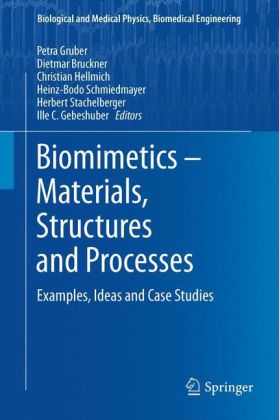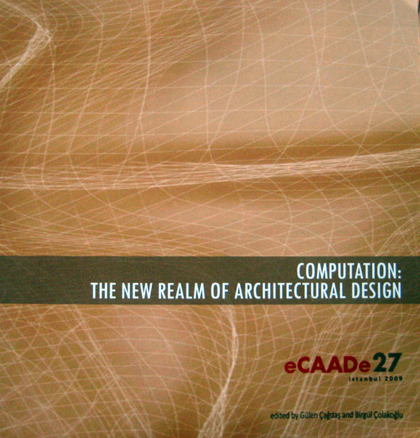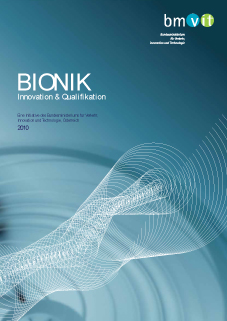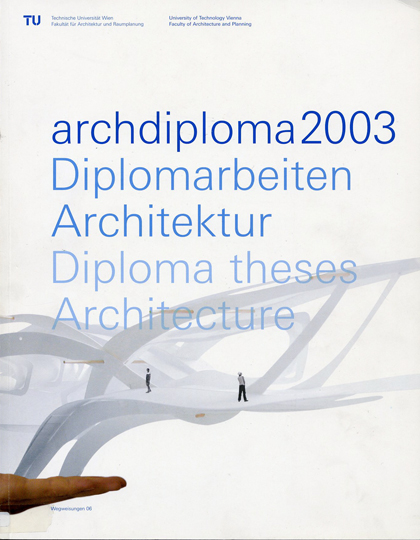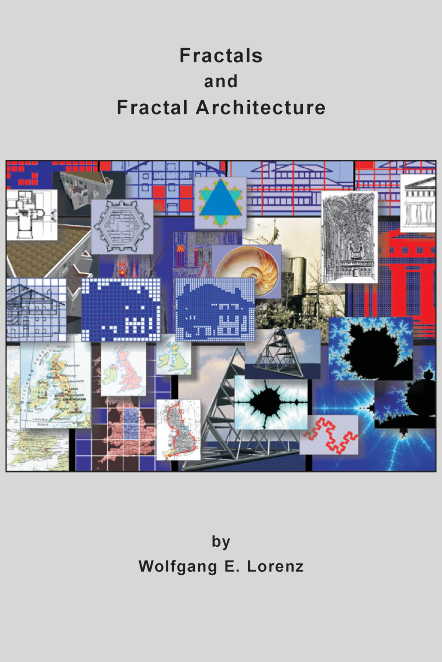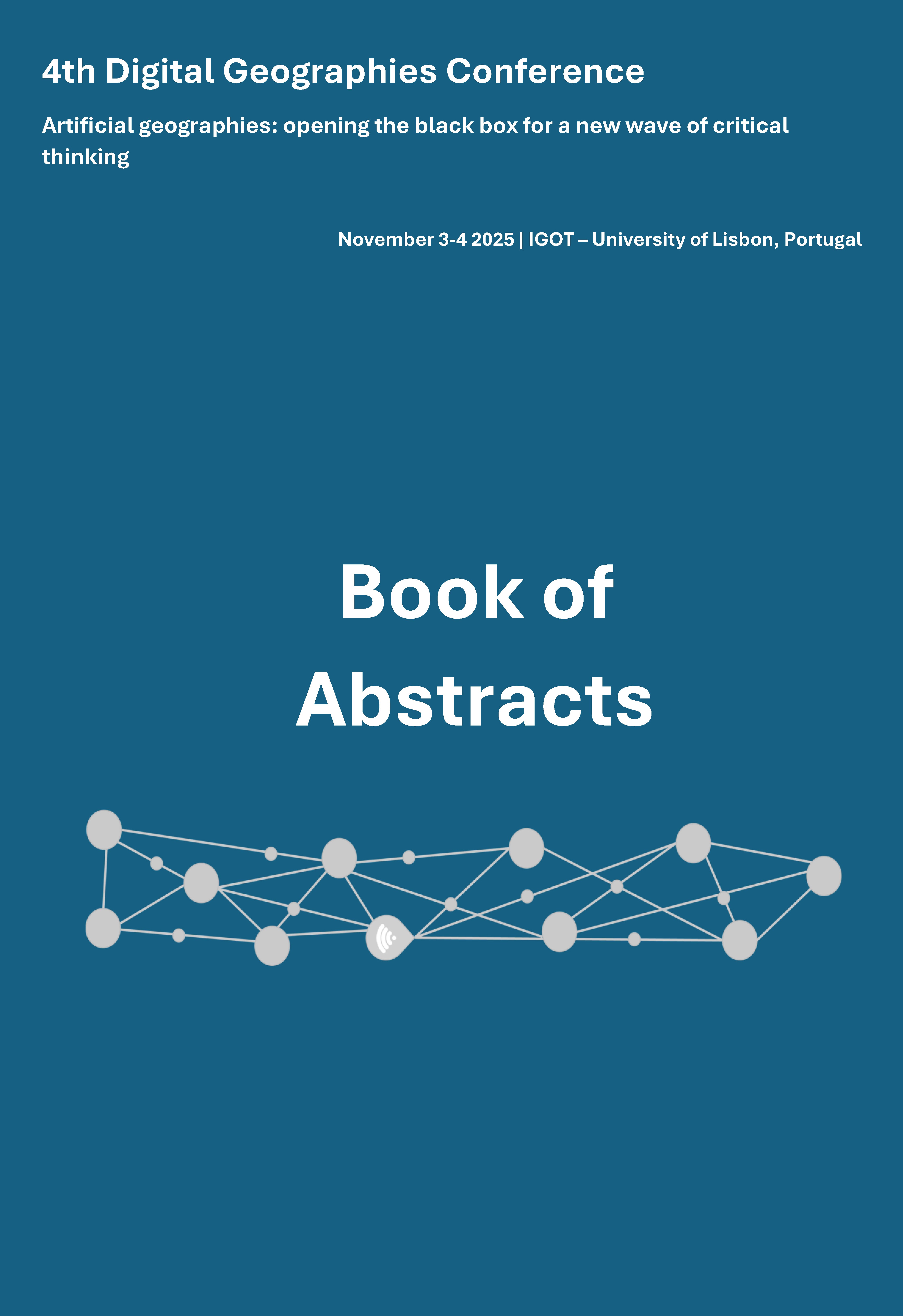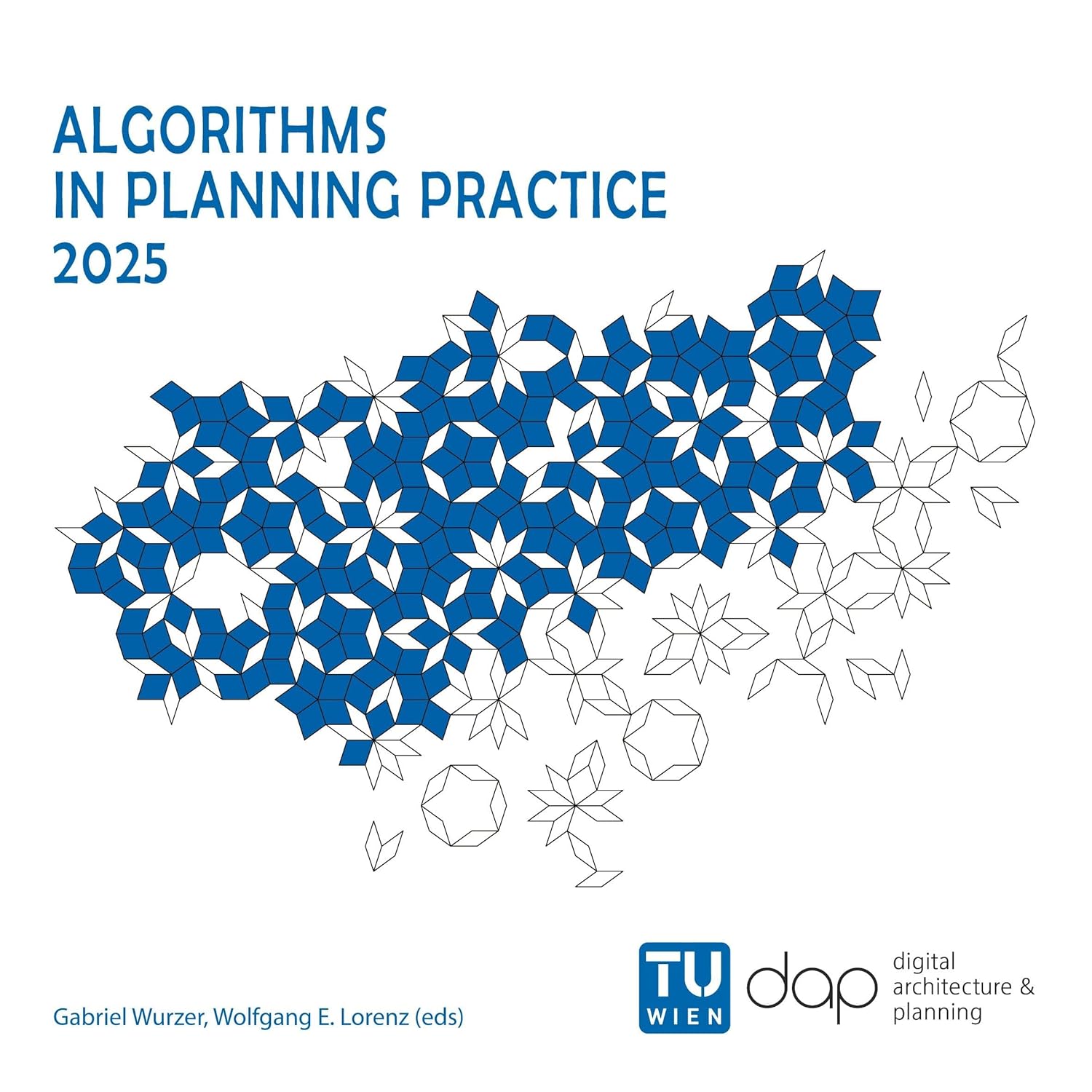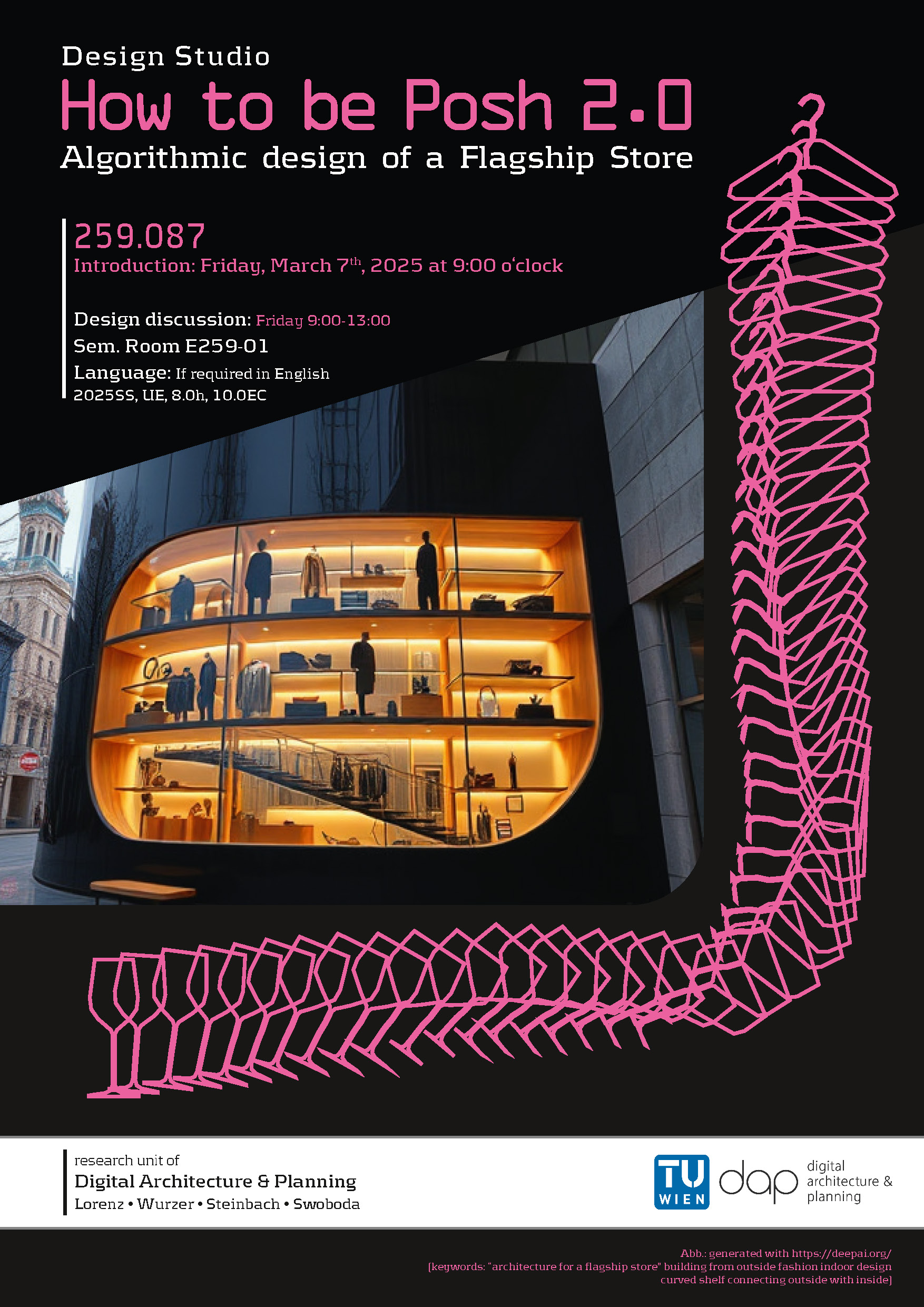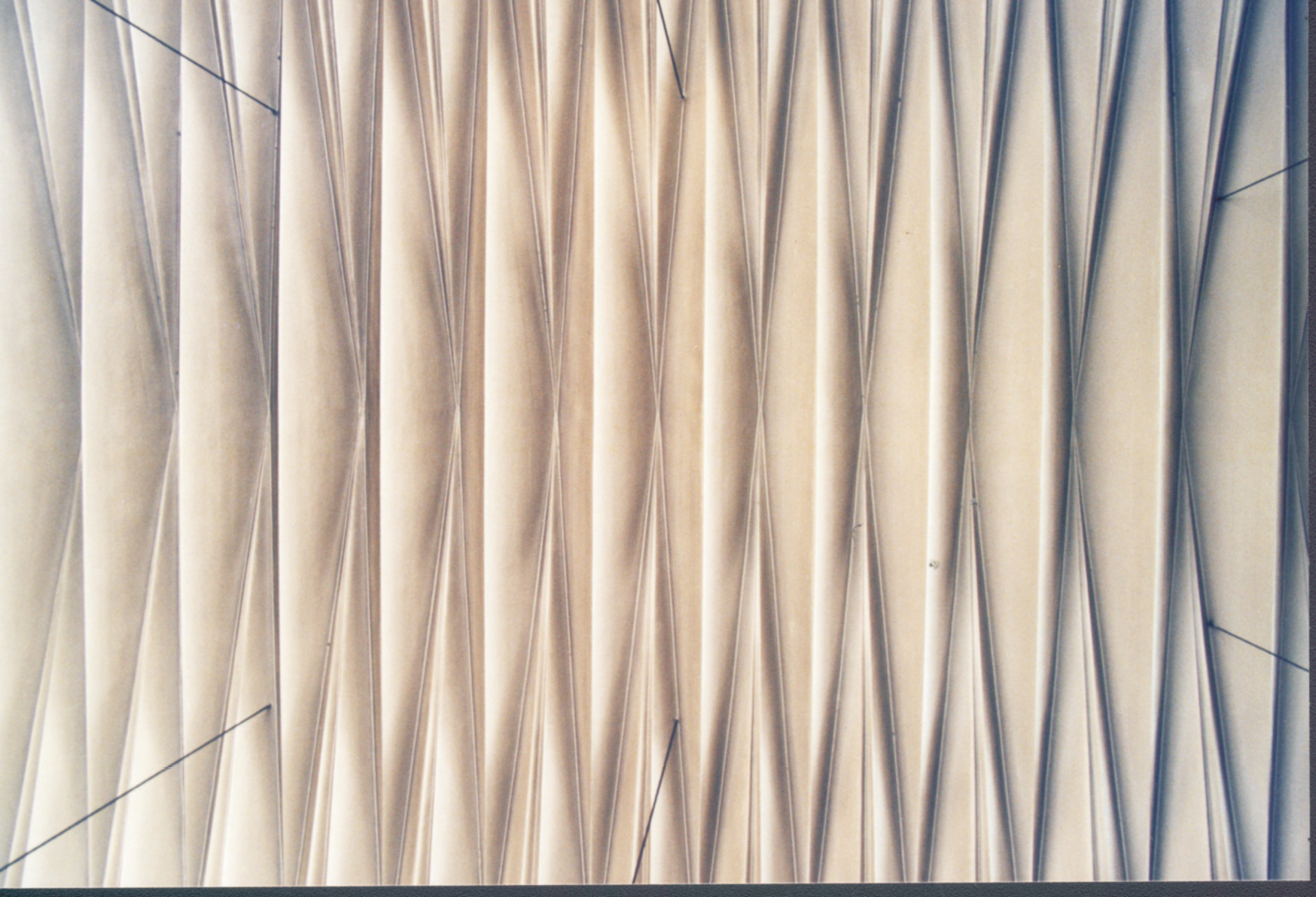Artificially Interactive Individualized Genetic Algorithms (AIIGA) for Gestalt Analysis: Evolutionary algorithms enhanced with sAI in architectural design
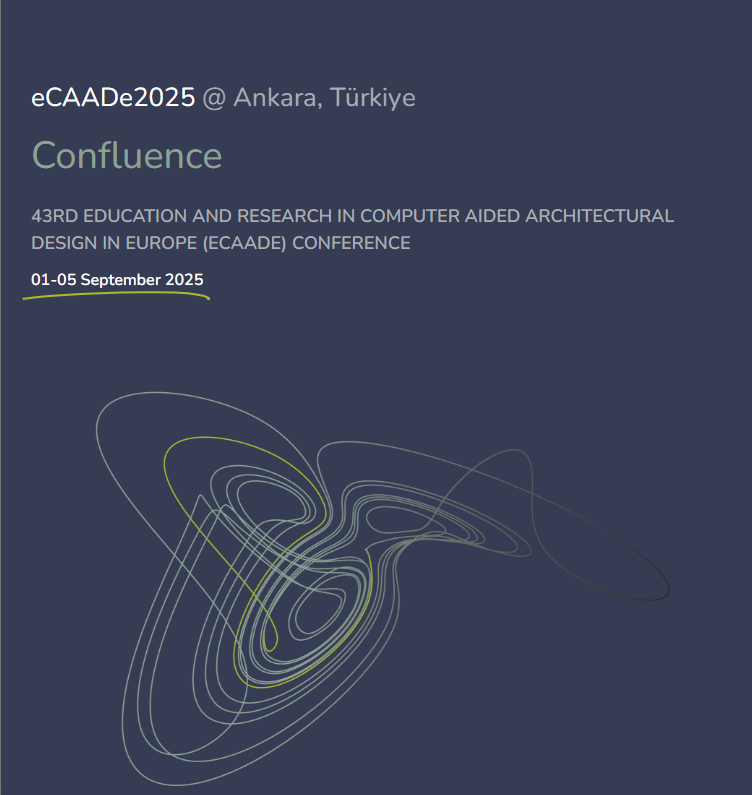
Talk and Proceeding: 43rd eCAADe conference; Confluence, (Ankara, Turkey, 2025)
Matthias Kulcke, Gabriel Wurzer und Wolfgang E. Lorenz
{wolfgang.lorenz} (at) tuwien.ac.at
www.dap.tuwien.ac.at/
Vienna; Austria
Keywords: interactive genetic algorithms, Gestalt analysis, artificial interaction, prototype (design) software
Sept., 2025
Abstract.
This research is concerned with the automation of the user interventional aspect within interactive genetic algorithms (IGA) as already explored in previous publications by the authors considering their use for Gestalt analyses and generative design optimization. For the first time, this research presents a prototypical system that is an artificially interactive individualized genetic algorithm (AIIGA) to be used in the architectural design process. It presents an evolution of interactive genetic algorithms (IGA) that use Gestalt analytical algorithms and integrate so-called AI into said algorithms to propose a new systematic approach. The latter is here called artificially interactive individualized genetic algorithm (AIIGA), replacing human intervention with genetic algorithm procedures, as is the case in IGA with the intervention of a so-called artificial intelligence building block, optimized for this purpose. Combining generative and cognitive abilities in semi-automated design processes within AIIGA systems as presented in this paper is a powerful potential for a wide variety of design process configurations.

